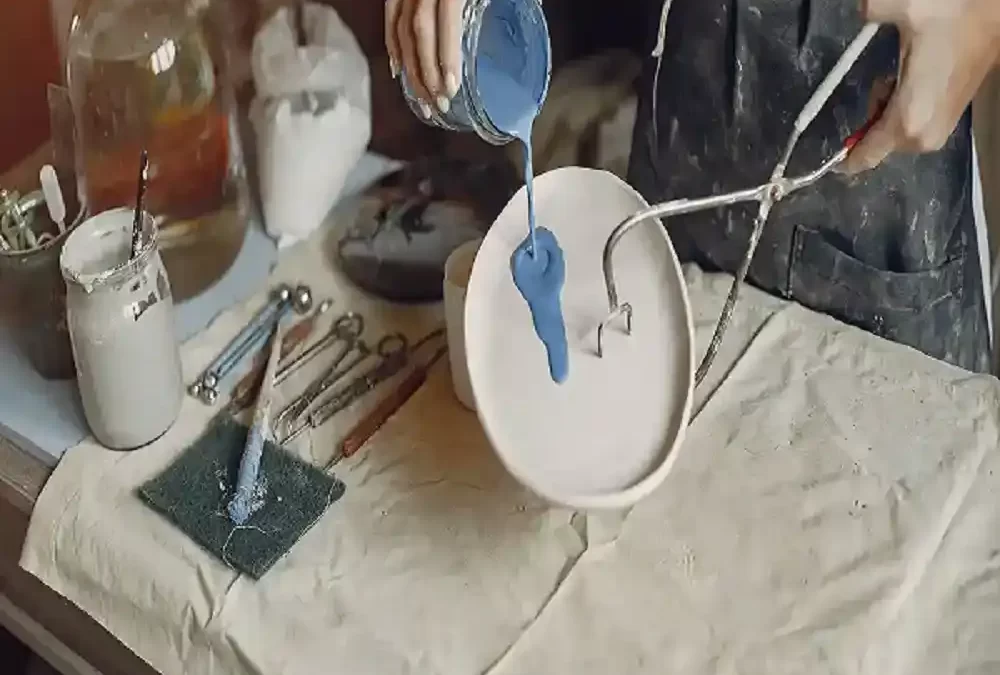
Color Theory and Mixing: A Personalized Guide
Hey there, aspiring artist! Ready to dive into the world of color theory and mixing? Let’s embark on this colorful journey together.
Understanding how colors interact and work together is like having a secret weapon in your artistic arsenal. It can help you create stunning compositions, evoke emotions, and tell compelling stories through your art.
Let’s start with the basics:
- The color wheel: Imagine a rainbow wrapped into a circle. This is the color wheel. It’s divided into primary, secondary, and tertiary colors.
- Color harmony: Think of color harmony as a pleasing arrangement of colors. There are different schemes like complementary (opposite colors), analogous (colors next to each other), and triadic (colors forming a triangle).
Now, let’s get mixing!
- Primary colors: These are the building blocks. Mix them to create secondary colors (like red + yellow = orange).
- Shades and tones: Want a darker shade of blue? Add a little black. Want a lighter tone of green? Add some white.
- Experiment and have fun: Don’t be afraid to try new combinations. The more you mix, the better you’ll understand how colors interact.
Here are some tips to keep in mind:
- Start with a clean palette: A clean slate makes mixing easier.
- Use a little at a time: It’s easier to add more than to take away.
- Mix thoroughly: Avoid streaks or uneven patches.
Remember: Art is about expression. So, have fun, experiment, and let your creativity flow!
Do you have any specific questions about color theory or mixing? I’m here to help you every step of the way.


